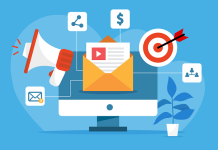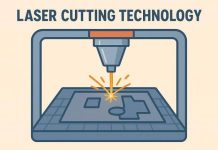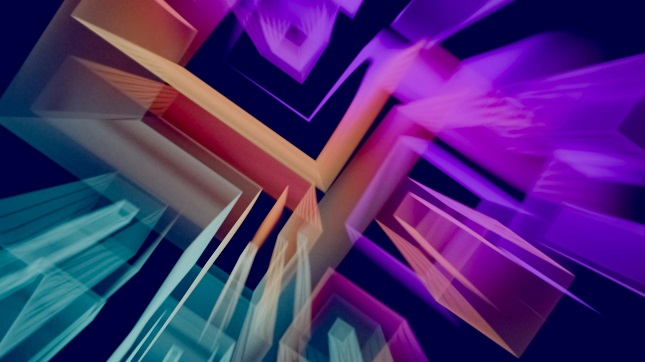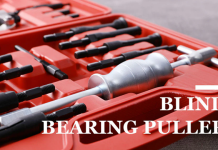In today’s digital-first landscape, brands face an overwhelming challenge: standing out in a saturated online environment. Consumers are bombarded with thousands of visual messages daily, and only those with a distinctive, engaging approach truly make an impact. This is where motion design services enter the scene. By combining storytelling, design, and animation, motion design transforms static visuals into dynamic experiences that resonate with audiences.
From social media campaigns to explainer videos and interactive websites, motion graphics are becoming a cornerstone of modern branding strategies. In this article, we’ll explore how motion design elevates brand engagement, provide insights from industry experts, and highlight practical applications for businesses of all sizes.
Why Motion Design Matters in Branding
Visual content has always been central to communication. But the shift toward short-form videos, interactive media, and dynamic visuals has amplified the role of motion design. Unlike static images, animated graphics capture attention faster, evoke emotions, and simplify complex ideas.
A recent HubSpot survey found that 92% of marketers believe video is a critical part of their strategy. Incorporating motion graphics not only improves brand recall but also strengthens the overall user experience.
Expert Insight: “Motion design is not just decoration—it’s a communication tool. When used strategically, it creates memorable touchpoints that strengthen customer relationships.” – Samantha Lee, Creative Director at a leading motion design agency
Key Benefits of Motion Design for Engagement
1) Improved Storytelling
Brands often struggle to communicate their values and offerings clearly. Motion design makes storytelling more immersive by combining visuals, movement, and sound. An animated logo or explainer video, for instance, can convey your message in seconds.
2) Better Retention and Recall
Studies show that people remember 65% of visual information compared to just 10% of text. Animated content leverages this cognitive advantage, ensuring your brand remains top-of-mind.
3) Increased Social Media Performance
On platforms like Instagram, TikTok, and LinkedIn, posts featuring motion outperform static visuals. Motion design encourages shares, likes, and comments, boosting organic reach.
4) Simplification of Complex Ideas
Technical or abstract concepts can confuse audiences. Motion graphics can break them into digestible, engaging narratives, making them easier to understand.
Applications of Motion Design Across Channels
Motion design services can be applied across a wide range of industries and platforms:
- Brand Identity: Animated logos, intros, and outros.
- Advertising: Motion-graphic ads for social media or TV.
- Web Design: Interactive website elements and transitions.
- Education & Training: Explainer videos and tutorials.
- Product Marketing: Demonstrations of product features.
Table 1: Static vs. Motion Graphics in Marketing
| Feature | Static Graphics | Motion Graphics |
| Attention-grabbing | Moderate | High |
| Emotional engagement | Low–Medium | High |
| Ability to explain ideas | Limited | Strong |
| Shareability | Moderate | Very High |
| Cost-effectiveness | High | Medium |
Motion Design and Consumer Psychology
Psychology plays a big role in engagement. Motion triggers human instincts to focus on movement—an evolutionary trait. That’s why animated content captures attention much faster than still visuals. Moreover, the combination of audio and motion enhances emotional impact.
Expert Insight: “When brands use animation, they tap into primal human attention mechanisms. Motion attracts the eye first and holds focus longer than static imagery.” – Dr. Alan Brooks, Cognitive Psychologist
This explains why motion design agency campaigns often outperform traditional design in terms of engagement and retention.
ROI of Motion Design
Many businesses question whether investing in motion design pays off. Research suggests it does. Animated content increases click-through rates by up to 80%, boosts landing page conversions, and reduces bounce rates.
Table 2: ROI Comparison of Marketing Assets
| Marketing Asset | Average Engagement Increase | Conversion Rate Improvement |
| Static Images | 20% | 10% |
| Blog Articles | 35% | 15% |
| Motion Graphics | 65% | 35% |
Clearly, motion design provides measurable returns.
Choosing the Right Motion Design Agency
Not all providers are created equal. When looking for a motion design agency, consider:
- Portfolio Quality: Does their style align with your brand?
- Industry Expertise: Have they worked with brands similar to yours?
- Scalability: Can they handle both small campaigns and large projects?
- Collaboration: Do they involve you in the creative process?
Expert Insight: “A great motion design partner doesn’t just deliver visuals; they deliver strategy. They should understand your audience as much as your design needs.” – Nina Carter, Brand Strategist
Practical Tips for Brands
- Start Small: Experiment with animated social posts before committing to bigger campaigns.
- Stay Consistent: Use the same style of motion graphics across platforms for stronger recognition.
- Leverage Storytelling: Don’t just animate your logo—tell a story through movement.
- Measure Results: Track engagement metrics to see what works best.
- Integrate Everywhere: Use animation across your website, ads, and presentations for a unified experience.
In an era of endless scrolling and constant distractions, brands need more than static visuals to capture and hold attention. Motion design services provide the tools to engage audiences, simplify communication, and elevate brand identity. By working with a skilled motion design agency, businesses can transform their marketing strategies, increase engagement, and drive measurable results.
Motion design is no longer a luxury—it’s a necessity for brands that want to stay relevant in the digital age.
Future Trends in Motion Design
The future of motion design services looks even brighter as technology evolves. Artificial intelligence and machine learning are increasingly being integrated into animation tools, making the process faster and more personalized. Brands can now experiment with data-driven motion graphics that adapt in real time based on user behavior.
Another trend is the rise of immersive formats such as AR (augmented reality) and VR (virtual reality). These technologies push the boundaries of brand storytelling, allowing consumers to interact with motion graphics in ways that were once unimaginable. For instance, retail companies use AR filters with animated effects to let customers virtually “try on” products before purchase.
Sustainability is also becoming a design focus. Instead of long, resource-heavy video productions, brands are leaning toward lightweight animated content. It’s eco-friendlier and easier to repurpose across multiple platforms.
Case Studies: How Motion Design Transforms Brands
- E-commerce: A fashion retailer implemented animated product tutorials and saw a 40% increase in time spent on-site.
- Healthcare: A hospital used motion graphics to explain complex medical procedures, improving patient understanding and satisfaction.
- Finance: A fintech startup created animated explainer videos that boosted app downloads by 55% in three months.
These real-world examples demonstrate that regardless of industry, motion design can be tailored to solve specific engagement challenges.








































